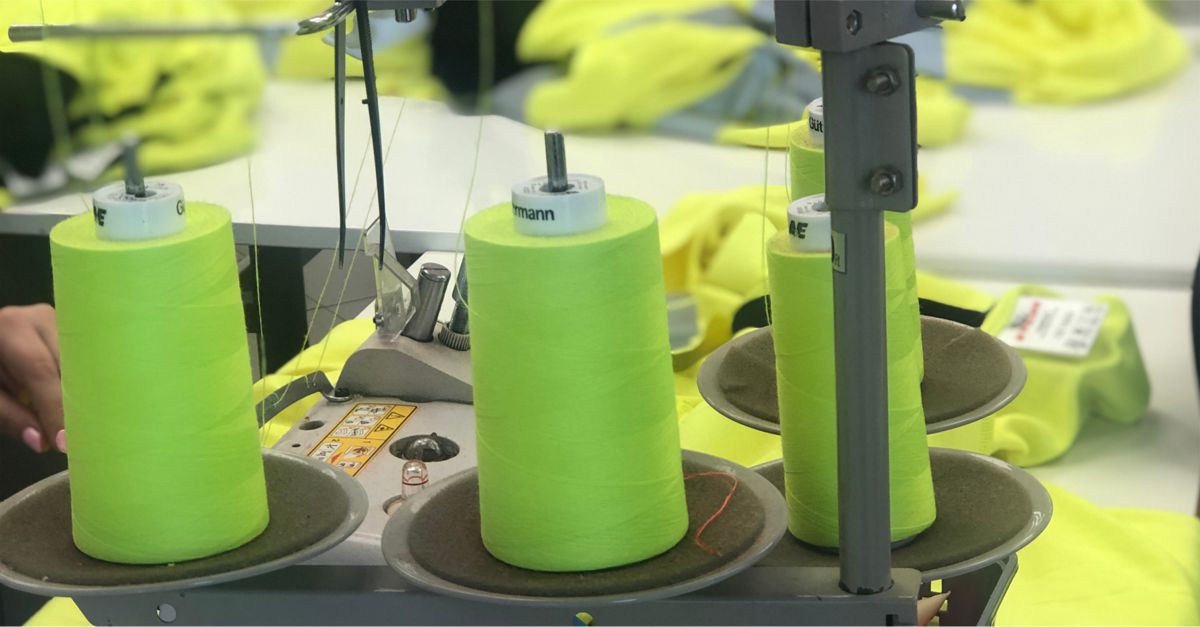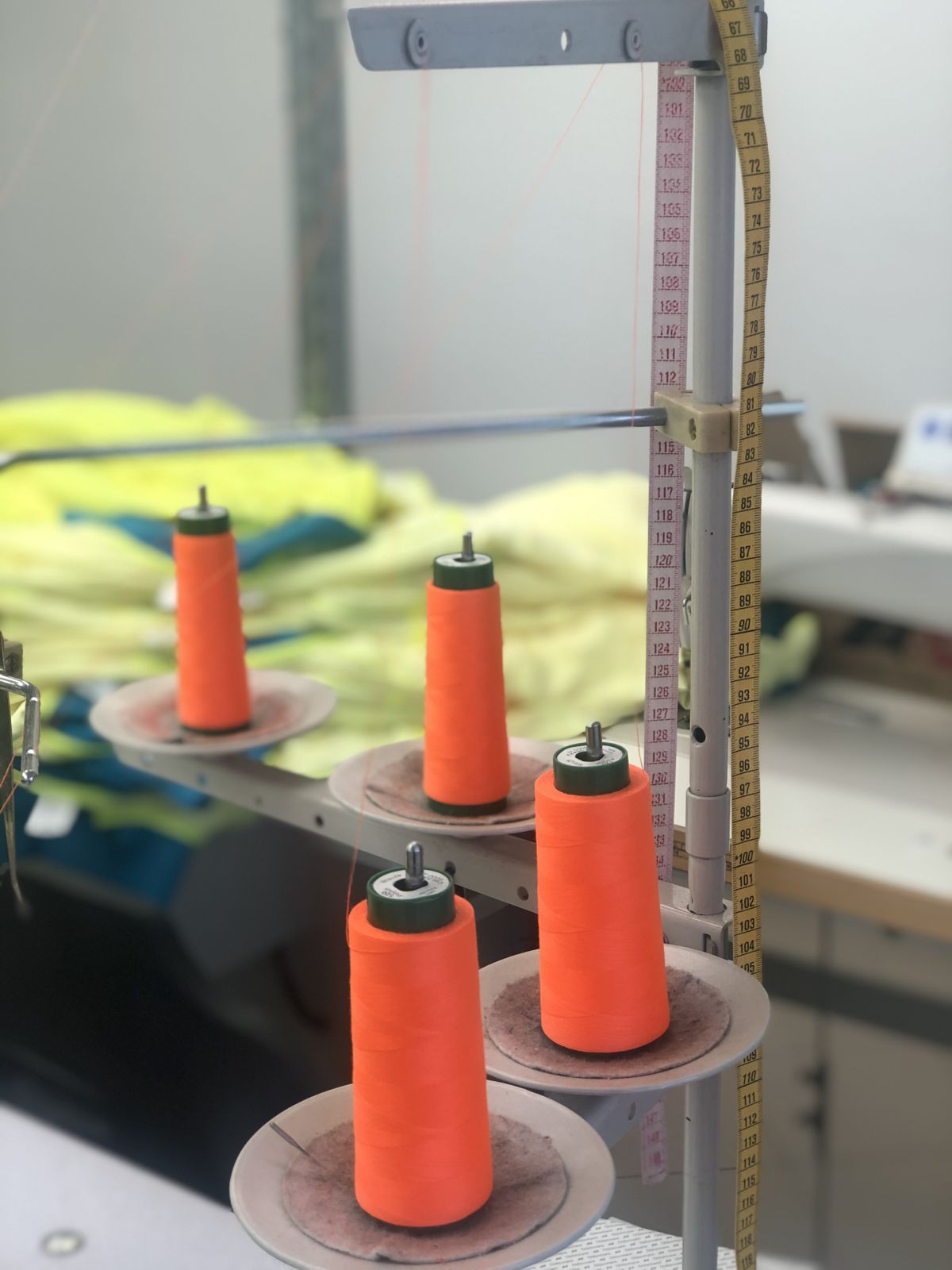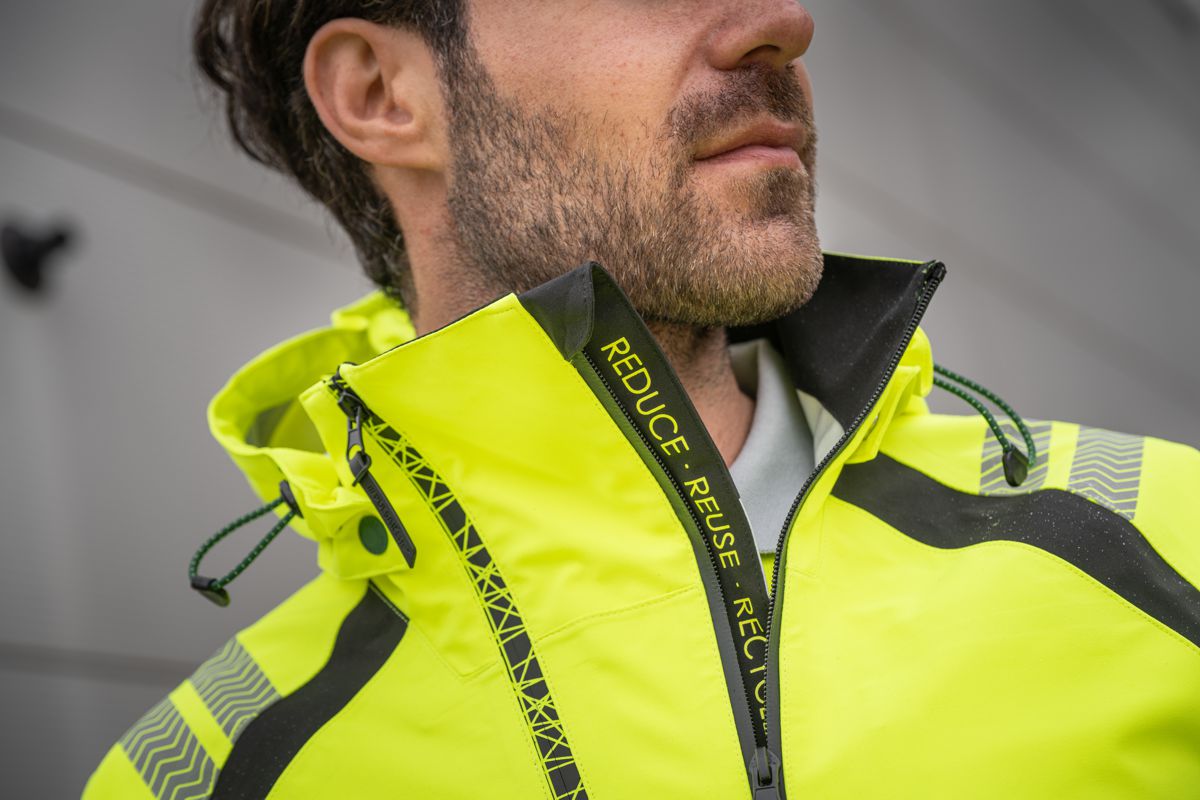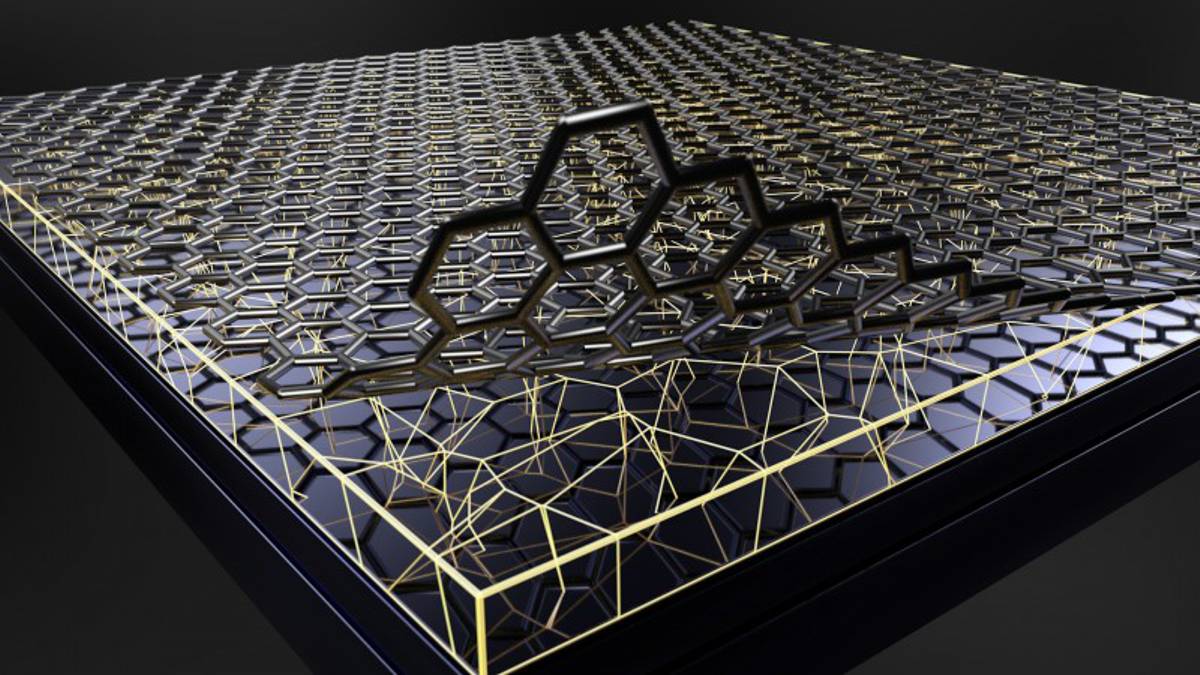The Growing Demand for Circular Design in PPE Workwear
Millions of working professionals are required to wear protective workwear and PPE items every day. From construction to the rail and highways sectors, employers and their staff rely on appropriate clothing that offers the technical protection, functionality and wearability needed to complete their respective specialist jobs.
In this article Debbie Huntley of PULSAR® explores the growing demand for circular garment design in workwear and why it’s now more important than ever to balance comfort and functionality with durability:

At a basic level, protective clothing keeps individuals safe, secure and compliant in their professional setting. Such is its importance to the UK workforce, workwear and PPE markets are reportedly valued at over £8.6 billion in the UK alone. Yet, despite accounting for less than 2% of the entire UK clothing market, end-of-life workwear remains a significant contributor to our planet’s waste. In fact, it’s said that approximately 90% of the UK’s used workwear and PPE is sent to landfill and incarceration, adding to the 92 billion tonnes of global textile waste each year.
These numbers make for dim reading, and while protective workwear may not share the same epidemic level concerns associated with fast fashion, it’s clear there’s a pressing issue that needs to be addressed. Simply put, without intervention, the professional clothing and wider textile industry will continue on a linear path, and conclusively, the ideologies of circular design must become more widely understood and practiced.

Balancing act
Where sustainable practice is concerned, the same principles apply to most markets and their supply chains; buy durable and buy less. This is no different for those designing, procuring and operating in protective clothing, where the enhanced durability of a garment can help its wearer remain safe, secure and compliant over a longer period of time.
It’s understood that by extending the active life of 50% of the UK’s clothing by 9 months, carbon, water and waste footprints can be reduced by 4-10%. With greater significance being placed on the usable service life of garments, protective clothing design teams face a balancing act, as they aim to provide multi-functional, technical and fitting garments that conform to strict regulatory standards, while also delivering on environmental ingenuity. As a result, many conscious manufacturers are already making positive steps, addressing responsible consumption by ensuring high wear workwear garments retain their colour, fit and quality for up to 50 washes as standard, for example.
Further than that, mindful decision teams are now looking to adopt a more circular approach to garment design as a way of reducing the waste generated in the workwear sector. Circular design is the practice of creating durable, reusable and recyclable products that generate zero waste. The model looks to move people away from the widely performed ‘take-make-waste’ economy and aligns with the UN’s Sustainable Development Goal 12 (SDG 12), which encourages more sustainable consumption and production patterns and calls for a comprehensive set of actions from the supply chain to adapt to sustainable systems.

Collaborative action
Circular design can have a substantial positive impact on protective clothing and the planet, but its efficiency relies on collaboration. Currently, there is no industry standard that defines a ‘circular product’, as classification relies on a product’s design, its circular business models, its recycling infrastructure and its disposal by end users.
As per the Extended Producer Responsibility (EPR), design teams are expected to conceptualise product designs that make use of environmentally responsible fabrics and degradable components to increase their recycling efficiency. In response, conscious design teams are adopting recycled fabrics and organic fibres throughout their protective clothing designs, while also using reputable component partners for accessory items such as zippers, buttons and labels. Furthermore, the transition from non-biodegradable materials, such as PFAS and PFOS, to natural water repellents – often classed as C-zero products – is revolutionising the approach to finishes and treatments for heavy-duty, waterproof garments and is another step forward for circular design.

While these design transformations are making an impact, there is also a call for greater transparency to help decision makers in making more suitable choices when kitting out their workforces. When procuring protective workwear, employers are urged to seek out high-quality, durable gear that makes use of environmentally responsible materials and naturally facilitates end-of-life reuse and recycling. In seeking out this information, decision makers can refer to wash care labels and the manufacturer’s product information – which can often be found online. By further improving education on circular design, decision makers will also better understand their role in the circular economy, ultimately overcoming cost-based objectives in favour of the environment and all while making long-term gains by using longer lasting garments.
Workwear and protective apparel will continue to evolve over time as it strives to meet the growing demands of its markets. And while garment design teams have always strived to balance comfort and functionality with protection and safety, the pressing needs of our environment pose new questions which may only be answered by the widespread adoption of circular design.

Article by Debbie Huntley of PULSAR®.














